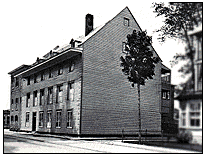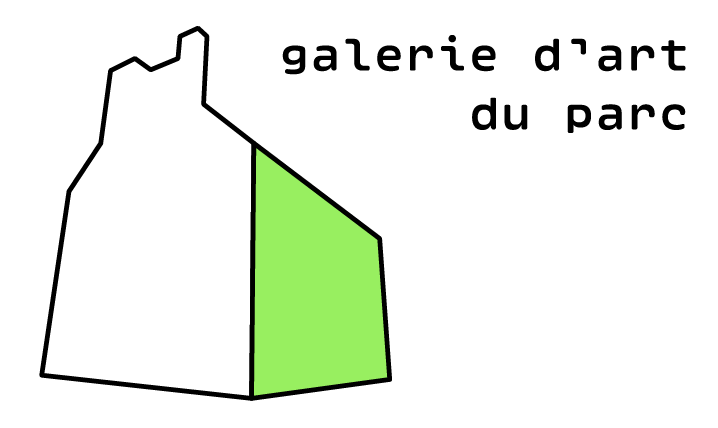The Manoir de Tonnancour was built between 1723 and 1725 for René Godefroy de Tonnancour (1669-1738) and his wife Marguerite Ameau (1669-1749). Very few details about this construction exist. It was probably a two-storey stone house, topped by a two-sided strait sloped roof.
René Godefroy de Tonnancour was the Crown attorney as well as the general lieutenant in civil and criminal matters of the jurisdiction of Trois-Rivières. Married to Marguerite, daughter of the notary Séverin Ameau, he was the father of five sons and six daughters. At his death in 1738, his son Louis-Joseph, then 26 years old, became the new master of the manor.
In addition to fulfilling the same functions as his father in the administration of the government of Trois-Rivières, Louis-Joseph Godefroy de Tonnancour (1712-1784) was lord of Pointe-du-Lac and the King's quartermaster. According to written accounts, it would seem that the Lord of Tonnancour and his family lived very comfortably, in accordance with their position in the community. It is said that they were not affected by the financial woes so common at the time. A few months before Louis-Joseph Godefroy's death in May 1784, a fire seriously damaged the Manoir, destroying the top floor and the attic. The ruins were therefore abandoned for 11 years.
The judge Pierre-Louis Deschenaux (1759-1802), originally from Quebec City, acquired the property in 1795 and undertook the reconstruction of the Manoir. To the two existing stone floors, a third-storey constructed of wood was added. He also modified the pitch of the gabled walls in order to cover the house with an attic roof. The judge lived in the house until his death in 1802. The inventory of the contents of the Maison Deschenaux revealed the scholarly character of the judge. He was an avid lover of astronomy and mathematics, as well as literature and music. The size of his library (1500 volumes) made it one of the most impressive in the city at the beginning of the 19th century.
Barracks: In 1812, the government acquired the Maison Deschenaux to make it a barracks for military officers stationned in Trois-Rivières. Presbytery and Diocese Administration Offices: Mgr Joseph-Octave Plessis, bishop of Quebec City, acquired the Maison Deschenaux in 1812 in the name of the parish of Trois-Rivières, to make it into a presbytery. In 1852, when the priest Thomas Cooke was promoted to the rank of first bishop of Trois-Rivières, the house became also the Bishop's Residence of Trois-Rivières. At that time, the diocese of Trois-Rivières was made up of the territory of the present-day dioceses of Sherbrooke and Nicolet. After the death of Bishop Cooke in 1870, Mgr Louis-F.Richer-Laflèche, his successor, occupied the house until 1874. Religious Residence and School: The Jesuit Priests lived in the house from 1882 to 1889 as teachers at the Grand Séminaire and as priests in charge of the old Immaculate Conception Church situated close to the house.
Mgr François-Xavier Cloutier, third bishop of Trois-Rivières, offered the house to the religious community of Les Filles de Jésus. They occupied the premises from 1902 and there founded, the following year, the Jardin de l'Enfance (Garden of Childhood), a primary school for boys. The Sisters stayed at the house until 1966.
Art Gallery: The ministère des Affaires culturelles du Québec declared the Maison Deschenaux a historic monument in 1966, officially naming it the Manoir de Tonnancour.The city of Trois-Rivières acquired the building in 1976 and undertook the restoration project in collaboration with the ministère des Affaires culturelles in 1977. The Manoir de Tonnancour was thus reconstructed as it was by the judge Deschenaux in 1795.
Since 1981, through an agreement with the municipal and governmental authorities, the Galerie d'art du Parc, accredited Exhibition Centre since 1972, has housed in the Manoir. There it presents different artistic and historic exhibitions.

